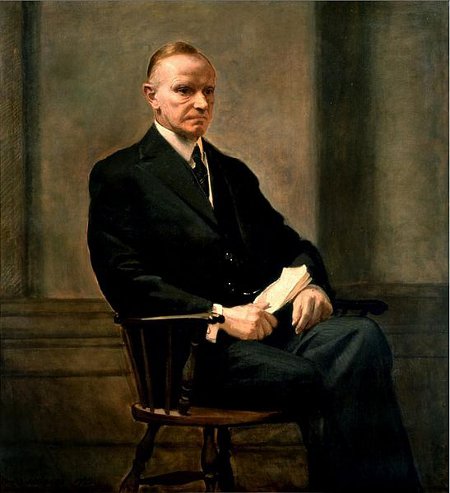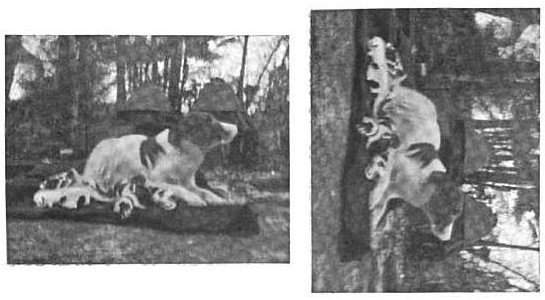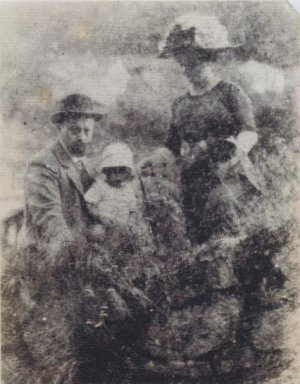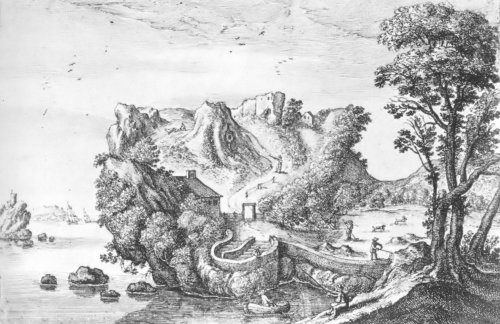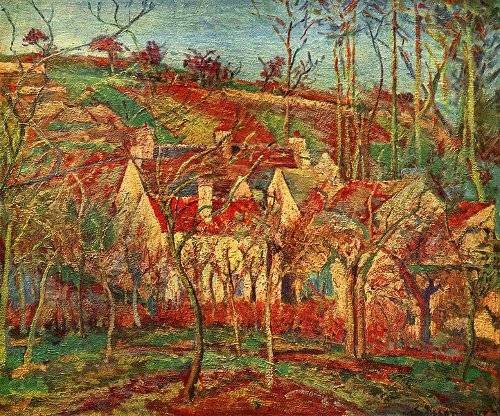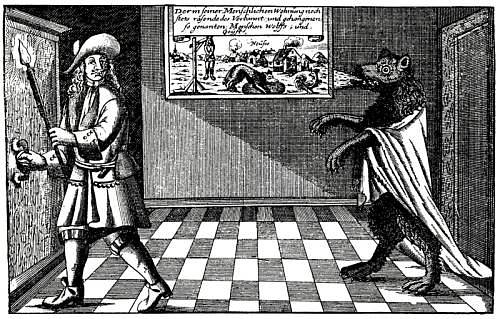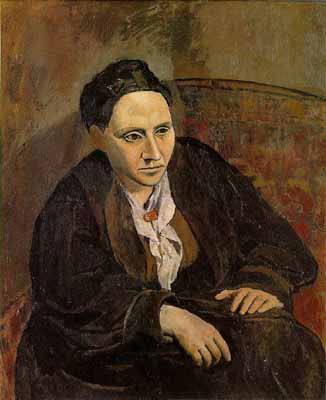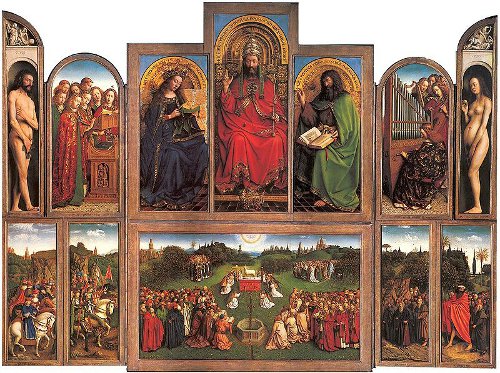
The Ghent altarpiece is 20-panel allegorical polyptych by Hubert and Jan van Eyck, a masterpiece of 15th-century art.
In April 1934, a thief stole the lower left panel and demanded a ransom of 1 million Belgian francs.
Seven months later, Flemish broker Arsène Goedertier collapsed after a speech at a political rally. He managed to say that he knew where the stolen panel was hidden, but he died before he could communicate the secret.
In Goedertier’s home police found abundant evidence that he had sent the ransom note, but there was no sign of the missing panel, only a record that it was “in a place where neither I nor anyone else can recover it without drawing attention.”
It remains missing to this day.

